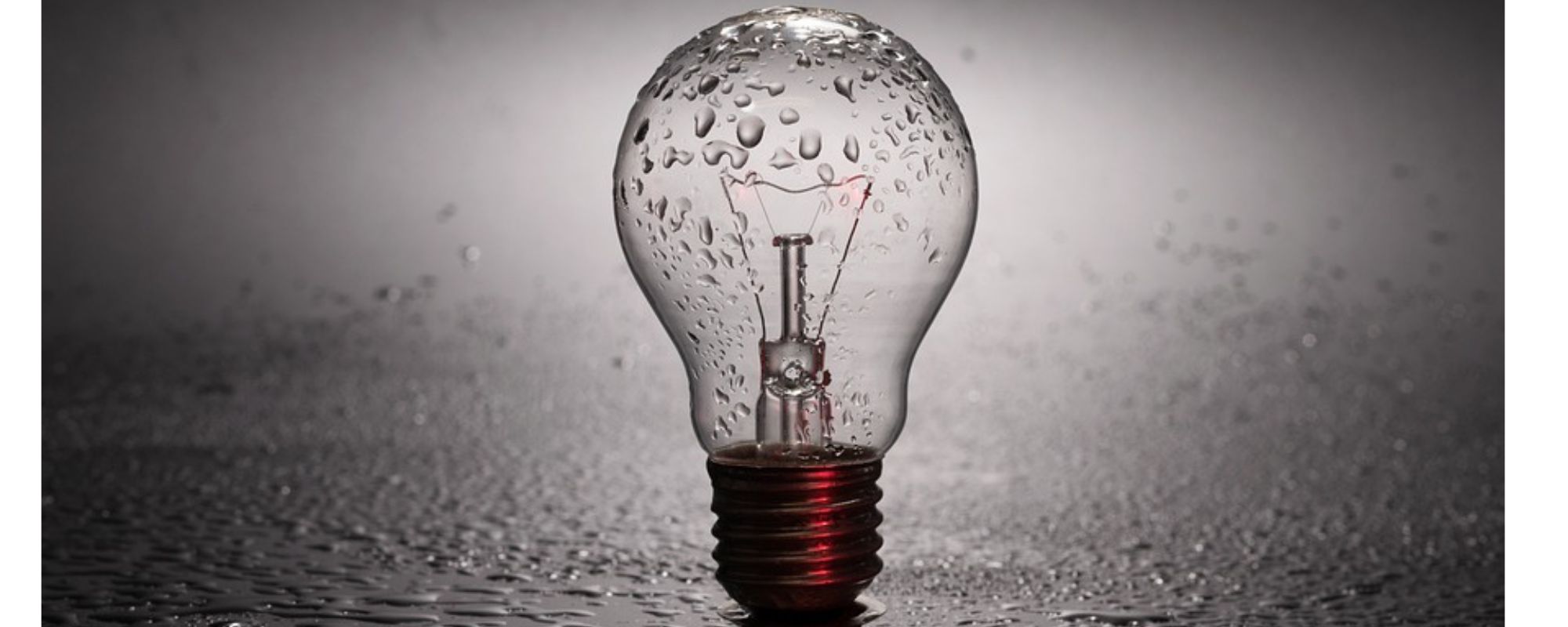Can I Charge my Electric Vehicle in the Rain?

Discover essential tips for charging your electric vehicle during rainy weather without compromising safety.
Can you safely use your EV charger to charge your Electric Vehicle in the Rain?
Your sleek Tesla Model S is running low on charge, and it’s pouring rain outside. You pull up to the nearest EV chargers, only to find yourself knee-deep in a puddle. As you stand there a thought crosses your mind: knowing that electricity and water don’t mix. Does this mean your can’t charge your electric vehicle in the rain?
Understanding the Safety of EV Charging Stations in Wet Weather
With the growth of Electric vehicles in Australia set to accelerate over the coming years, there will be an increased demand for EV charging stations at home, work, or in public locations. An EV charging station provides a safe and reliable way to draw AC power from the grid and deliver it, along with a secure earth ground, to your vehicle for charging.
Charging an electric vehicle (EV) in the rain might seem like a cause for concern, given the general caution around electricity and water. However, EV charging stations are designed with numerous safety features to protect users against electric shock, even in wet conditions. These include waterproofing, ground fault circuit interrupters (GFCIs), and insulated connectors, ensuring that the process is as safe in the rain as it is on a sunny day.
So how is this possible? Thankfully great EV charging companies, EV manufacturers and engineers have thought through this problem to ensure that there are several layers of safety and protection built into the systems. Firstly, no current will flow unless there is a connection through the pilot circuit and communication between the car and the charging station. The charging plug essentially has no power until its fully plugged in, which ensures that if any issues are present, the charging process simply won’t begin. Whilst charging, the electric vehicle is monitored electronically during the entire charging process and in case of disruptions or warnings, the charging process is immediately terminated.
Manufacturers also follow strict international standards, such as the IP (Ingress Protection) ratings, to ensure their equipment is safe to use outdoors. The IP rating signifies the level of protection against intrusion from solids and liquids. Most public EV charging stations have high IP ratings, meaning they are well-protected against various weather conditions, including heavy rain.
Although EV charging stations are designed to be safe, users should still exercise caution and follow best practices when handling electrical equipment in wet conditions. Always ensure your hands are dry and avoid standing in puddles or submerging any part of the charging equipment in water.
Essential Equipment for Charging Your EV in the Rain
When preparing to charge your EV in the rain, it is crucial to use equipment that is specifically designed for outdoor use. This includes using charging cables with a high IP rating to ensure they are weather-resistant. It’s also advisable to have a portable charging cable with you as a backup in case the station’s cables are compromised.
Consider investing in a charging station with a retractable cable or a protective cover to shield the connectors from the elements when not in use. Additionally, waterproof mats can provide an extra layer of insulation if you need to place the cable on a wet surface.
Step-by-step Guide to Safely Charging Your Electric Vehicle Outdoors
To charge your EV outdoors safely, start by inspecting the charging station for any visible damage, especially during adverse weather conditions. Ensure that the charging port on your vehicle is clean and dry before you plug in the charger. Connect the charger firmly to the vehicle’s charging port, and then to the charging station, avoiding any unnecessary contact with water.
Once plugged in, observe the charging process for a few moments to confirm that everything is functioning correctly. It’s best to stay nearby your vehicle while it’s charging, but if you need to leave, periodically check on it to ensure that no faults have arisen. After charging, disconnect the charger from the vehicle first, then from the charging station, and safely stow the cable.
Common Misconceptions about EV Charging in Adverse Weather Conditions
A common misconception is that charging an EV during a storm is always dangerous. While it is advisable to avoid charging under a lightning storm due to potential power surges, regular rain poses no additional risks due to the built-in safety mechanisms. Another misconception is that wet charging cables can cause short circuits and fires. In reality, the cables are insulated, and the risk is minimal when handled correctly.
Some believe that water damage to the battery can occur while charging in the rain. However, EV batteries are sealed and protected from the elements, including water, making this concern unfounded. It is always important to rely on verified information and follow manufacturer guidelines when it comes to charging your EV.
Maintenance Tips for EV Charging Equipment in Humid and Wet Climates
To ensure the longevity of your EV charging equipment in humid and wet climates, regular maintenance is key. Keep your charging cable and connectors clean and dry when not in use, and inspect them frequently for signs of wear or damage. If your home charging station is exposed to the elements, consider installing a protective cover or awning to shield it from direct rain.
During high humidity, connectors can develop corrosion, which may impact their functionality. To prevent this, use a corrosion-resistant spray on the connectors periodically. Always follow the manufacturer’s instructions for care and maintenance of your charging equipment, and do not hesitate to replace parts or cables that show signs of deterioration.
Have further questions? Contact us:
sales@evse.com.au
1300 406 210


